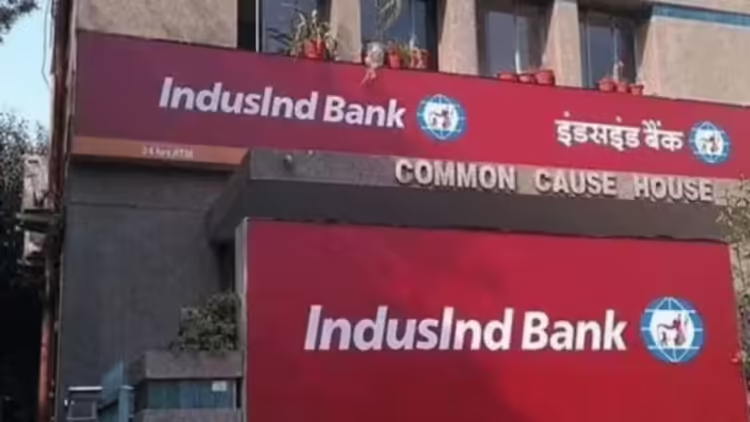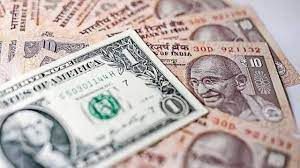IndusInd Bank’s Q4 earnings increased by 15%
Due in part to stronger core and other income growth, private sector lender IndusInd Bank reported a 15% year-over-year (y-o-y) increase in its consolidated net profit for the fourth quarter, reaching Rs 2,349 crore on Thursday.

However, this was less than the Rs 2,402 crore Bloomberg average forecast.
Net interest income (NII) for the bank increased 15% year over year to Rs 5,376 crore. But at 4.26%, net interest margin (NIM) decreased 2 basis points (bps) year over year.
During a post-earnings briefing, MD & CEO Sumant Kathpalia said that the bank’s long-term goal is to keep its NIM between 4.2-4.3%. Subject to shareholder approval, the bank has announced a dividend of Rs 16.50 per equity share for FY24.
The lender’s other income increased to Rs 2,508 crore, up 5% quarterly and 16% year over year, contributing to the profit gain.As of March’s conclusion, total advances increased 18% year over year to Rs 3.43 trillion. Corporate loans made up the remaining 34% of the total loan book, with retail loans making up 56% of it. According to Kathpalia, the bank’s advances would increase by 18–22% in FY25, and the composition of loans will largely stay the same as in FY24.
Regarding liabilities, total deposits reached Rs 3.84 trillion, up 4% quarterly and 14% year over year. However, the low-cost current account and savings account (CASA) ratio decreased from 39% and 42% y-o-y to 38% q-o-q.
Despite the difficulties the banking sector is experiencing with CASA accretion, the MD said that the institution intends to increase its retail deposit book and branch count from 2,984 at the end of March to 3,500 over the next two years.Furthermore, the asset quality of the lender was steady, with the gross and net-nonperforming asset (GNPA and NNPA) ratios as of March 2024 being 1.92% and 0.57%, respectively, lower than they were a year earlier at 1.98% and 0.59%.
On the BSE, the lender’s shares closed 1.5% higher at Rs 1,496. According to Kathpalia, the lender is continuously investing in creating smooth digital channels, with an emphasis on making sure clients don’t experience service interruptions. The bank also allocates 8–10% of its total cost of revenue into the development of IT infrastructure.
“It (digital and IT spending) makes up around 8–10% of our total expenses to revenue. We have the newest technology and the greatest data products, for instance, since we spend a lot,” the MD said. Every bank, he said, has to assess its IT infrastructure to make sure it can support its quickly growing activities.
The best course of action for lenders, he added, is to improve UI/UX, thinking management, and KYC capability. Lenders also need to make sure that regulatory standards are always followed. According to him, improving IT capabilities and customer data security are of utmost importance. His remarks coincide with the Reserve Bank of India’s (RBI) announcement on the day that Kotak Mahindra Bank was prohibited from providing new credit cards and from onboarding clients via mobile applications and the bank’s website owing to serious regulatory violations.







